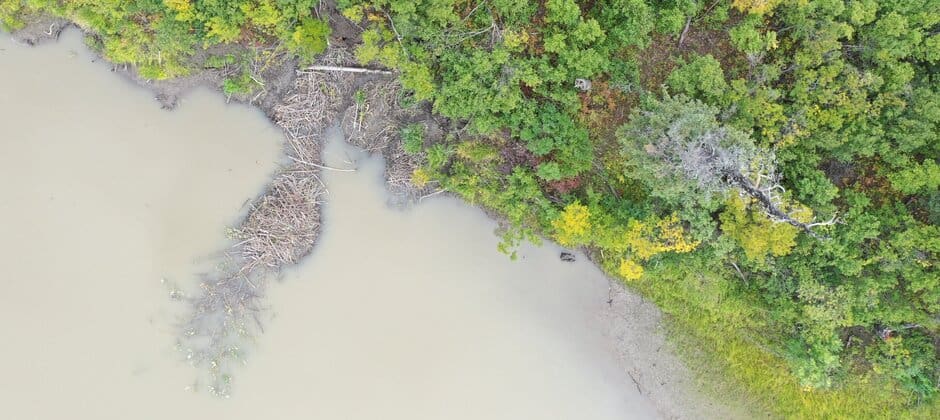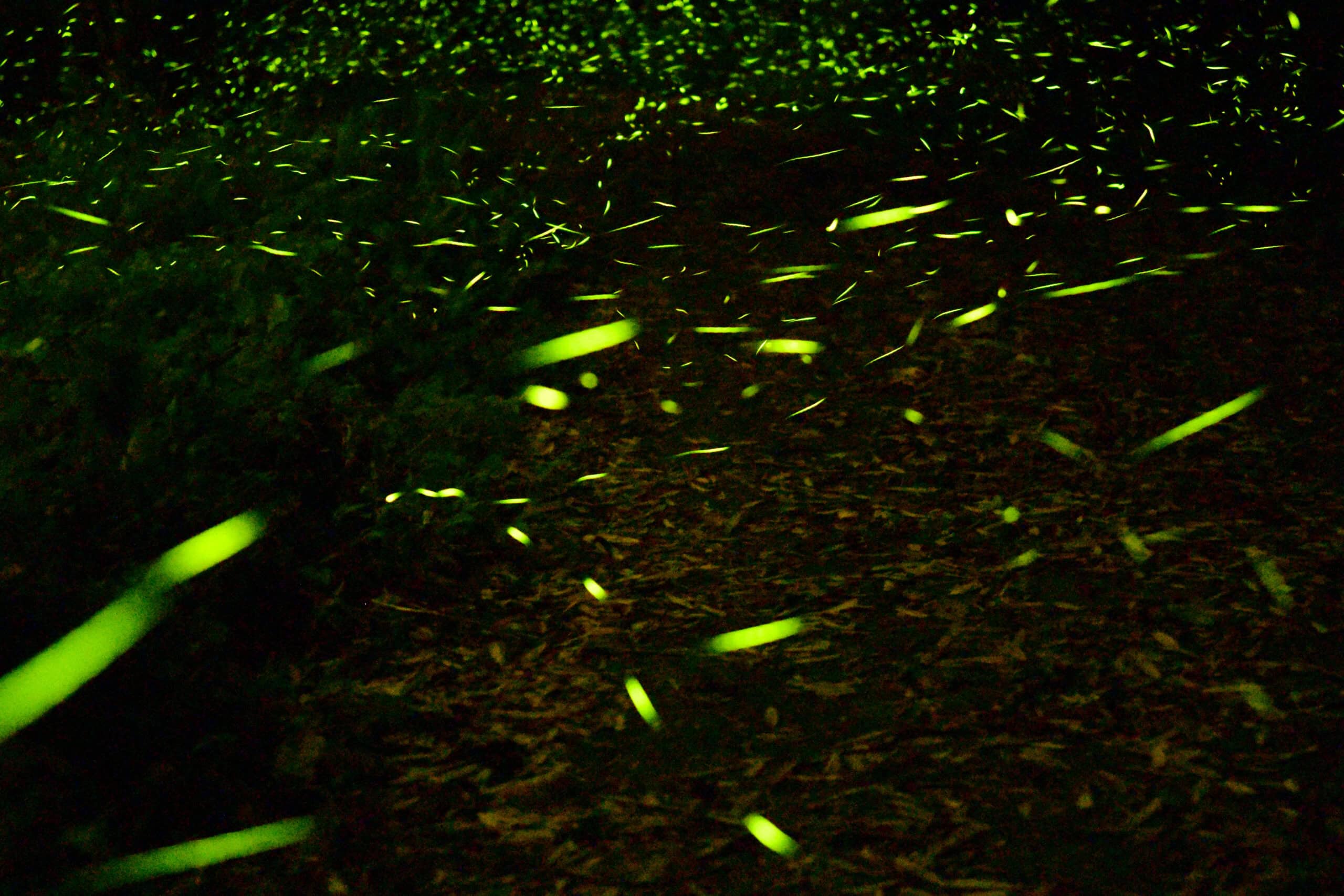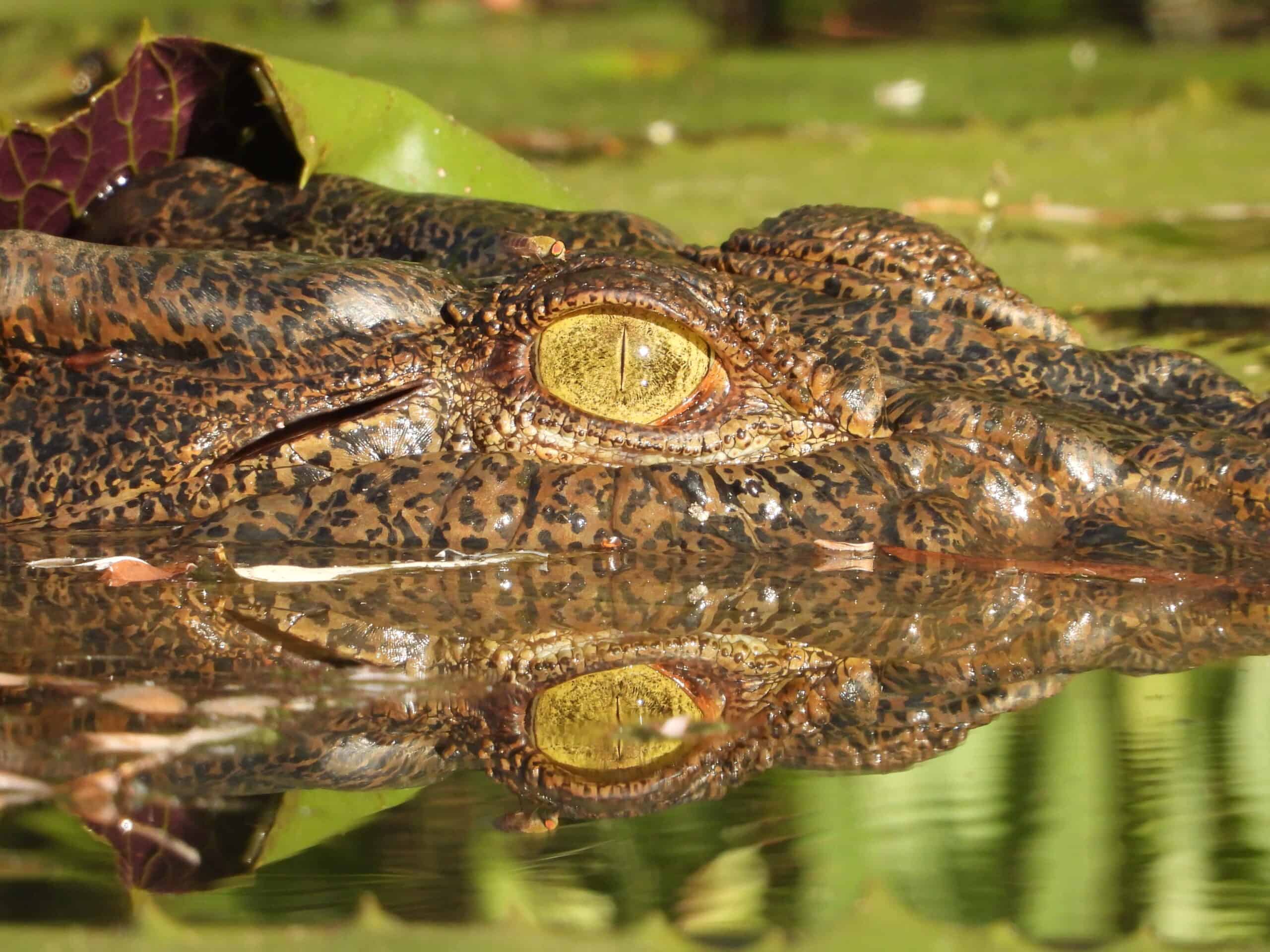Share this article
Beavers expanding into Arctic, transforming the tundra
Beavers are heading northward, and they’re having a significant impact on the landscape in northern Canada and Alaska. That’s one of the findings highlighted in the Arctic Report Card 2021, published by the National Oceanic and Atmospheric Administration. Scientists used satellite imagery to explore how North American beavers (Castor canadensis) are expanding their range and colonizing the Arctic tundra.
Over 12,000 beaver ponds have been mapped in western Alaska, with most areas seeing a doubling in the last 20 years. Between 1949 and 1955, aerial photos showed no beaver ponds at all. The ponds are responsible for an increase in surface water, which can cause permafrost to melt and release methane and carbon dioxide into the air. They can also lead to introduced species.
Researcher say it’s not clear if the increase in beavers is due entirely to climate change or if reductions in historical trapping numbers are also playing a role.
Read the report here.
Header Image: This aerial image shows a beaver lodge inside the Arctic Circle, in the Mackenzie Delta region of Canada’s Northwest Territories. Credit: Helen Wheeler/Anglia Ruskin University








